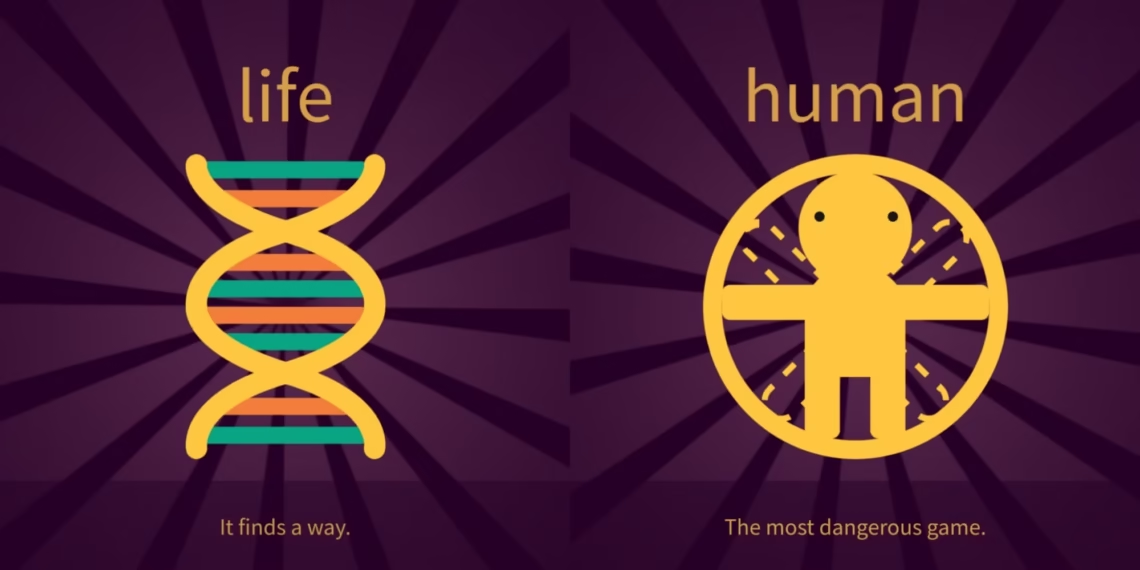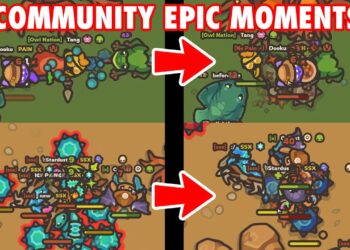For many players, Little Alchemy 2 is more than just a puzzle game – it’s a relaxing, creative, and surprisingly thoughtful experience. The game invites you to explore how the world connects, one combination at a time. Among the many items players try to create, the question how to make big in Little Alchemy 2 comes up again and again.
It sounds simple at first, but like many elements in the game, “big” represents a concept rather than a physical object, which makes it especially interesting. Creating “big” unlocks a deeper layer of the game and opens the door to advanced combinations that feel meaningful and imaginative.
This article offers an in-depth, approachable, and human-style explanation of how to make “big,” how the game thinks about concepts, and how you can use this element to create new and exciting discoveries. If you love exploring Little Alchemy 2 or simply want a friendly guide, this piece has everything you need.
Why “Big” Matters in Little Alchemy 2
Players often underestimate how important the “big” element is. In Little Alchemy 2, certain ideas represent stages of evolution, growth, or advancement. “Big” is one of those ideas.
By creating “big,” you gain access to:
- Larger life forms
- Expanded concepts
- Advanced structures
- Special evolutions
- Key elements used in scientific and mythical discoveries
Understanding how to make big in Little Alchemy 2 isn’t just about following steps – it’s about seeing how the game connects ideas with outcomes. The game cleverly imitates the way we understand growth in the real world.
Understanding the Logic Behind “Big”
Little Alchemy 2 works on a simple but smart foundation: everything is created by combining two elements that logically relate to each other.
For example:
- Water + Earth = Mud
- Fire + Stone = Metal
- Life + Clay = Human
But when it comes to concepts like “big,” the game encourages a bit of philosophical thinking. Big isn’t just size – it’s growth. It represents transformation, evolution, and expansion. To create something big, you need something that symbolizes the process of increasing.
This is why “big” is created through something related to time.
In the natural world, things grow bigger with time. Whether it’s a tree, a mountain, a creature, or a civilization, growth is tied to the passage of time. Little Alchemy 2 mirrors this idea beautifully.
The Exact Recipe – How to Make Big in Little Alchemy 2
Here is the clear and correct combination players need:
Time + Mountain = Big
But in Little Alchemy 2, you cannot create big until you first create time.
And time is not available at the beginning of the game. You must unlock it.
This is were the challenge begins.

How to Unlock Time Before Making Big
Time is one of the most important late-game elements, and it cannot be created by a simple early combination.
Instead, the game gives you time automatically after you make a total of 100 items.
That means you must:
- Play the game.
- Discover at least 100 unique elements.
- Keep combining and exploring.
Once you reach this milestone, the game rewards you with Time in your element inventory. Only then can you start thinking about how to make things like “big,” “old,” “ancient,” and other deep concepts.
This design encourages exploration instead of shortcuts, making players feel like they earned their progress.
Creating Mountain – The Other Half of the Big Recipe
To make big, you also need mountain, and mountain is much easier to create than time.
Here are the common ways to make a mountain:
Stone + Stone = Wall
Wall + Wall = House
…but this doesn’t lead to a mountain.
The direct and simplest mountain combinations are:
- Earth + Earth = Land
- Land + Land = Continent
- Continent + Continent = Planet
- Earth + Land = Continent (alternate path)
But to make Mountain, use:
Earth + Pressure = Stone
Stone + Pressure = Mountain
or
Earth + Earth = Land
Land + Earth = Continent
Continent + Earth = Planet
Planet + Pressure = Mountain
However, the most straightforward recipe is:
Stone + Pressure = Mountain
Pressure can be made easily:
- Air + Air = Pressure
That makes the full mountain path fast and simple.
Full Recipe Summary — How to Make Big Step-by-Step
To put everything together, here is the complete progression:
1. Get Pressure
Air + Air → Pressure
2. Create Stone
Earth + Pressure → Stone
3. Create Mountain
Stone + Pressure → Mountain
4. Unlock Time
Discover 100 elements → Time appears automatically
5. Combine Mountain + Time
Time + Mountain → Big
And that’s it!
You now have Big, one of the most useful concept elements in the game.
Why the Big Element Is So Valuable
Once you have “big,” new combinations open up that feel playful and imaginative. The game often uses “big” to transform a small or normal-sized object into a larger version or an advanced stage of evolution.
Some examples include (without revealing every outcome):
- Big + Tree → A larger or more ancient form of plant
- Big + Animal → Something stronger or mythical
- Big + House → Large structure
- Big + Planet → Larger space bodies
These combinations make sense because they mirror real-world logic. Growth creates transformation. Time makes things bigger. Evolution happens through expansion.
That’s why big is such a rewarding element to unlock.
The Philosophy Inside Little Alchemy 2
One reason this game resonates with so many players is its gentle sense of wisdom. While it looks simple, the way it handles concepts reveals subtle insights.
Creating “big” teaches players that:
- Growth takes time
- Evolution is gradual
- Size represents development
- Concepts can be crafted like objects
- Simple ideas can have deeper meaning
This blend of creativity and insight makes the game relaxing, satisfying, and thought-provoking. It invites players to think about the relationships between things, not just how to combine them.
A Friendly Guide for Players Who Get Stuck
If you’re struggling to unlock “big,” you’re not alone. Many players get stuck because:
- They haven’t made enough items to unlock time
- They forget mountains require pressure
- They mix the wrong combinations hoping for shortcuts
Here is a helpful checklist:
✔️ Work toward 100 items
✔️ Make pressure early
✔️ Build mountains logically
✔️ Don’t search for shortcuts to time
✔️ Keep combining everything
Little Alchemy 2 rewards exploration. The more you experiment, the faster you grow your element list.
Using Big to Unlock New Discoveries
Once you’ve created “big,” you’ll notice your game opens up in new directions.
You can use “big” to transform:
- natural elements
- plants
- animals
- structures
- astronomical objects
- scientific principles
Each combination teaches something small about how the world works. That’s part of the charm.
When players ask how to make big in Little Alchemy 2, they usually don’t realize they’re unlocking more than one item — they’re unlocking a new phase of the game that encourages deeper thinking.
The Joy of Discovery in Little Alchemy 2
One of the most heartwarming features of Little Alchemy 2 is how it celebrates curiosity. Learning how to make big is not just a step in the game; it’s part of a creative journey. Every new discovery feels personal because you made it yourself through experimentation.
This joy of discovery keeps players coming back:
- The feeling of connecting ideas
- The charm of simple animations
- The reward of seeing logic unfold
- The excitement of unlocking a new element
- The peaceful pace of the game
Little Alchemy 2 has a calm magic that appeals to all ages.
Final Thoughts
Understanding how to make big in Little Alchemy 2 is part skill, part exploration, and part appreciation of how ideas connect. “Big” isn’t just another element — it symbolizes transformation, growth, time, and evolution.
Creating it marks a turning point in the game. Once you have it, the world of combinations becomes richer and more exciting. What once felt small now expands. What once seemed simple becomes layered with meaning.
That’s what makes Little Alchemy 2 special. It lets players rediscover the joy of learning through play — one combination at a time.
Also read :New Tyrone’s Unblocked Games: Fun, Simple, and Perfect for Break Time















